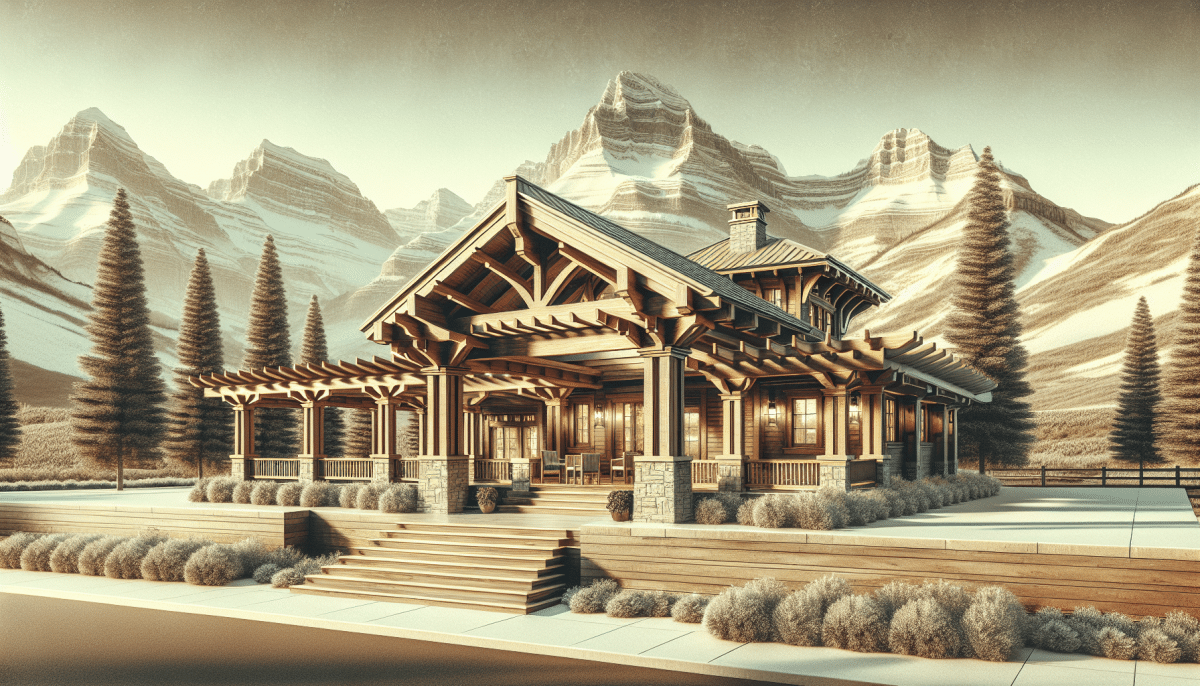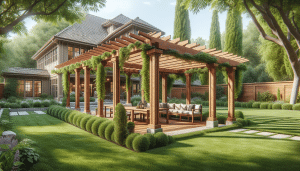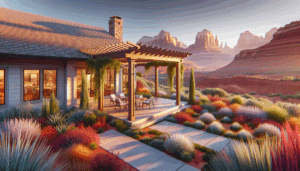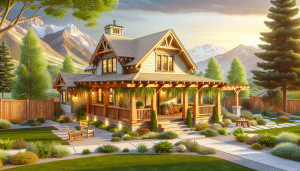We at Utah Pergola Company know that selecting the right Timber is crucial for crafting the perfect pergola. Homeowners often struggle with choosing the best Wood for their outdoor structures. This article will help you understand the different types of timber available, and how you can make an informed decision. Our guide aims to simplify the process and make your choice easier.
Contents
Why Wood Matters
The type of wood you choose can significantly impact the durability and aesthetics of your pergola. The right timber not only enhances beauty but also ensures longevity. Quality Materials mean less maintenance and fewer repairs over the years.
Knowing which wood to use can save you from future headaches and expenses. By investing in the right timber now, you can enjoy a stunning outdoor space for many years to come.
Cedar: A Popular Choice
Cedar is one of the most preferred timbers for pergolas, and for good reason. Its natural oils make it resistant to decay and insect attacks. Its pleasant aroma and beautiful grain add a touch of elegance.
Furthermore, cedar is relatively lightweight and easy to work with. It offers excellent stability, meaning it won’t warp or shrink much over time, making it an ideal choice for outdoor structures.
Redwood: Luxury and Performance
Redwood offers a unique blend of beauty and longevity. Its deep red hue adds a luxurious feel to any garden or backyard. The natural tannins in redwood make it highly resistant to pests and rot.
This type of wood is particularly strong and tends to maintain its appearance for long periods. Though it may be more expensive upfront, its durability often justifies the cost.
Tropical Hardwoods: Exotic Elegance
Tropical hardwoods like Ipe, Cumaru, and Tigerwood offer unmatched durability and exotic beauty. These woods are extremely dense and resistant to weather, decay, and insects.
If you’re looking for something unique and long-lasting, tropical hardwoods are an excellent choice. However, keep in mind that they can be challenging to work with due to their density, and they often come with a higher price tag.
Pressure-Treated Pine: Budget-Friendly
For those on a budget, pressure-treated pine is a common option. It’s treated to resist insects and decay, making it a practical choice.
While not as naturally appealing as cedar or redwood, it can be stained or painted to improve its appearance. Keep in mind that it might require more maintenance over time compared to premium woods.
Types of Timber Coatings
Coating your timber is essential for extending its longevity. Here are a few types of coatings you can consider:
- Varnish: Provides a hard, glossy finish that’s great for outdoor furniture.
- Stain: Penetrates deep into the wood, enhancing its natural grain while providing protection.
- Paint: Offers a wide range of color options but may require more upkeep.
- Oil: Conditions the wood and offers rich color without forming a surface film.
- Sealer: Provides a clear layer of protection without changing the wood’s color.
Maintaining Your Pergola
Routine maintenance will help extend the life of your pergola. Clean it regularly to remove dirt and debris. Reapply coatings as needed to maintain protection against the elements.
Avoid placing heavy items on your pergola that could cause structural damage. Prune any nearby trees or plants to prevent them from damaging the wood.
Sustainable Timber Choices
Opting for sustainably sourced timber can make a big difference. Many suppliers offer certified woods that are harvested responsibly. This helps preserve forests and supports eco-friendly practices.
By choosing sustainable timber, you’re not only getting a high-quality product but also contributing to environmental conservation.
Design Considerations
The design of your pergola can influence the type of wood you choose. Some woods are better suited for specific architectural Styles. For example, a sleek, modern pergola might benefit from the clean lines of tropical hardwood.
On the other hand, a rustic design may look best with the natural imperfections of cedar. Always consider the overall aesthetic you aim to achieve when selecting your timber.
Cost vs. Longevity
While it can be tempting to choose the cheapest wood available, it’s essential to weigh the initial cost against the long-term benefits. Premium woods like redwood and cedar, though more expensive, offer greater longevity and require less maintenance over time.
A wise investment in quality timber can save you money in the long run, providing peace of mind and a more beautiful outdoor space.
Conclusion
Selecting the right timber for your pergola doesn’t have to be daunting. With this guide, you can make a well-informed choice that ensures beauty, durability, and value. For personalized advice, contact Utah Pergola Company by phone # 801-784-6082 or Request a Free Quote.




